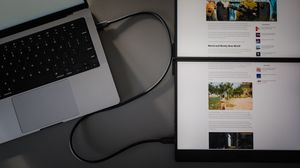A new dual-screen monitor from JSAUX promises productivity gains, but this novel new display also has an advantage for Nintendo emulation. Kevin shares how in our review.
The FlipGo by JSAUX is an interesting device. It's also a weird product to review on overkill. It is, after all, a dual-screen monitor meant for productivity – and overkill is a gaming outlet. However, after using this dual monitor solution for a while, I stumbled over something that makes this product intriguing to gamers, too.
But let's talk about the product first. The FlipGo is a dual-screen combo that launched as a Kickstarter campaign earlier today.
It is available in five different options. There are two different screen sizes (dual 13.5" or dual 16" screens), an optional touchscreen for both sizes and a Pro-Edition that comes with something called UltraView mode, which is just a mode to stretch the complete window over both screens. Early bird prices range from $329 to $479, with the retail prices hovering between $559 and $699.
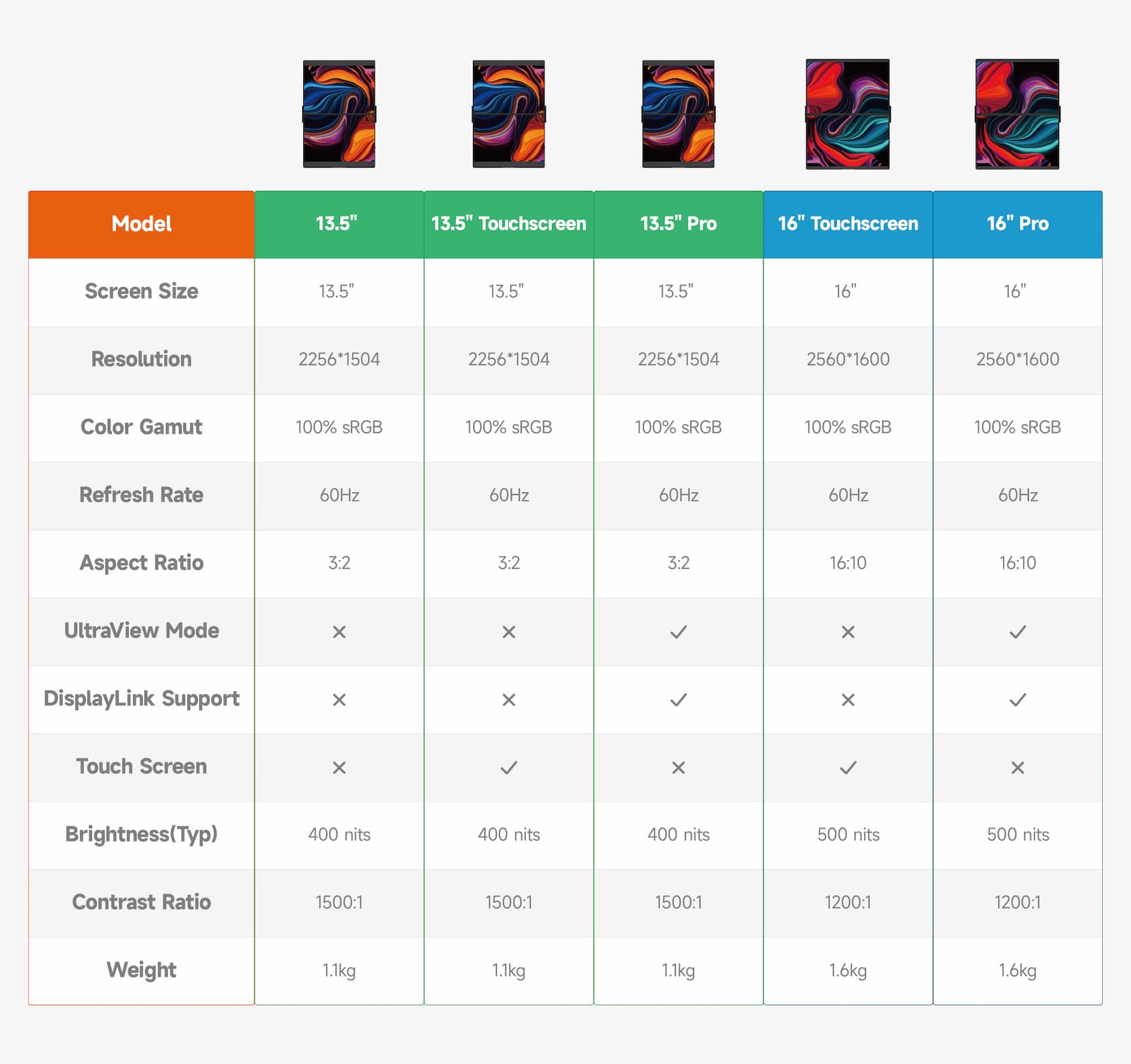
These specs (seen above) are more than suitable for productivity, but aren't necessarily the best for gaming. I would have loved to see a higher refresh rate, but I can't fault JSAUX here — they make it clear who they're targeting here. I doubt you need more than 60Hz to fill in your spreadsheets.
The FlipGo comes with a plethora of accessories, and I've tried a few of them. There's the Origami cover that serves as both protection and a stand; there's a dedicated extendible stand, a VESA mount, and a second stand solution that I, unfortunately, couldn't test. All of these solutions use magnets to attach to the FlipGo – which is one of the key selling points of this unique monitor.
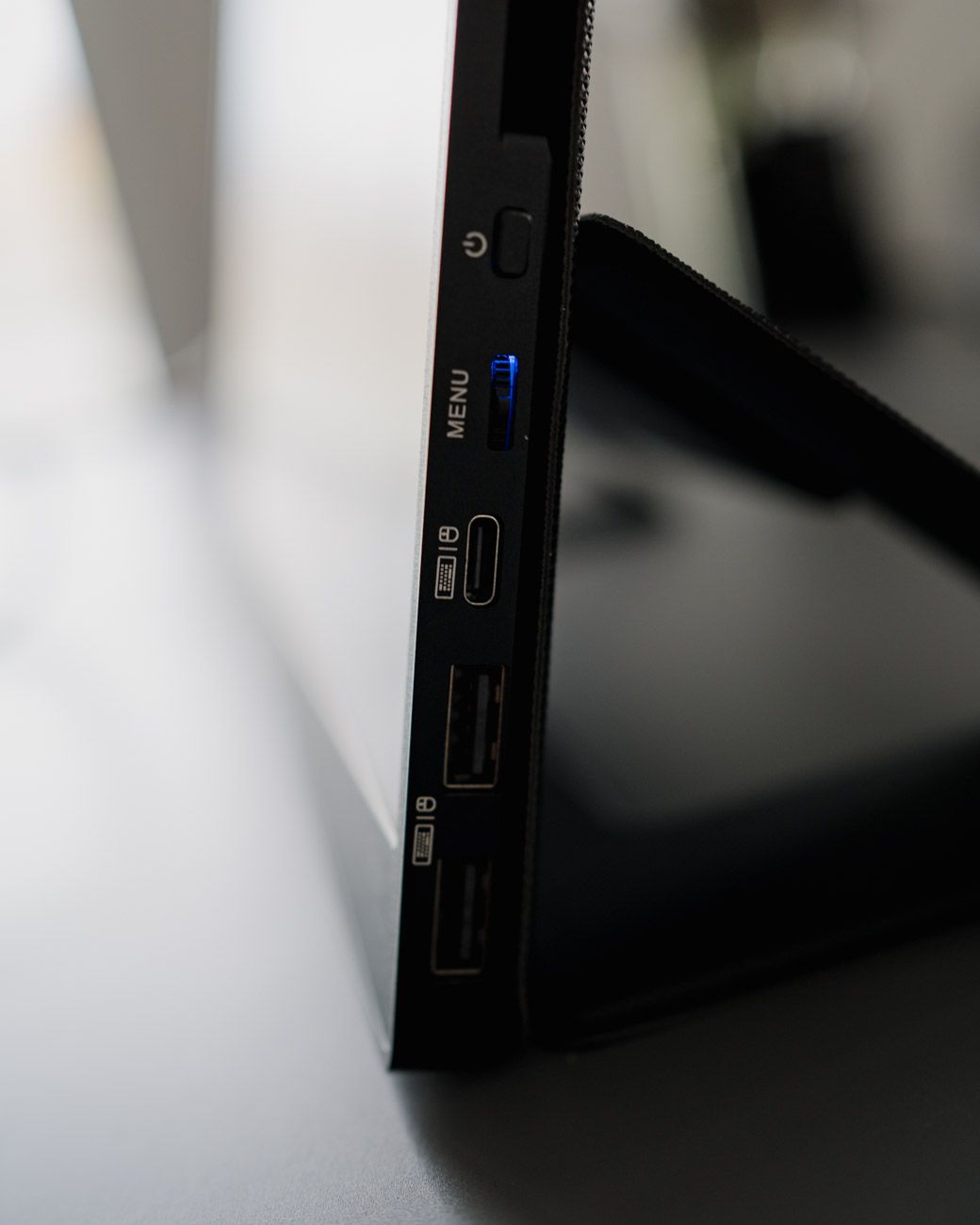
The magnets are strong, and I mean really strong. The 13.5" Pro Edition I was testing weighs over one kilogram (2.43 pounds). But there wasn't even a moment when I was scared that these magnets wouldn't hold the device. But for them to hold properly, you need to align them correctly.
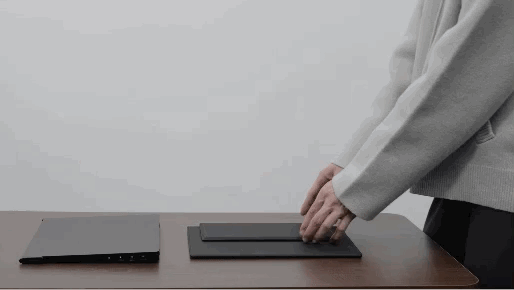
Aligning them isn't that hard on the extendible stand, but I have to admit it took me way too long to understand how the Origami cover works. There's also this how-to guide (GIF above) by JSAUX, but despite that, I couldn't figure it out at first. I made it work by luck and trying every possible combination, but I never managed it on the first try. Fiddly.
One of the selling points of the FlipGo is that despite using a dual-screen setup, you only need a single USB-C cable to power both screens. (There's an alternative Mini HDMI cable, which needs additional power, so I never used it.) This is great for people who travel light, as you don't need a big charging brick, but it's also especially great for us handheld gamers.
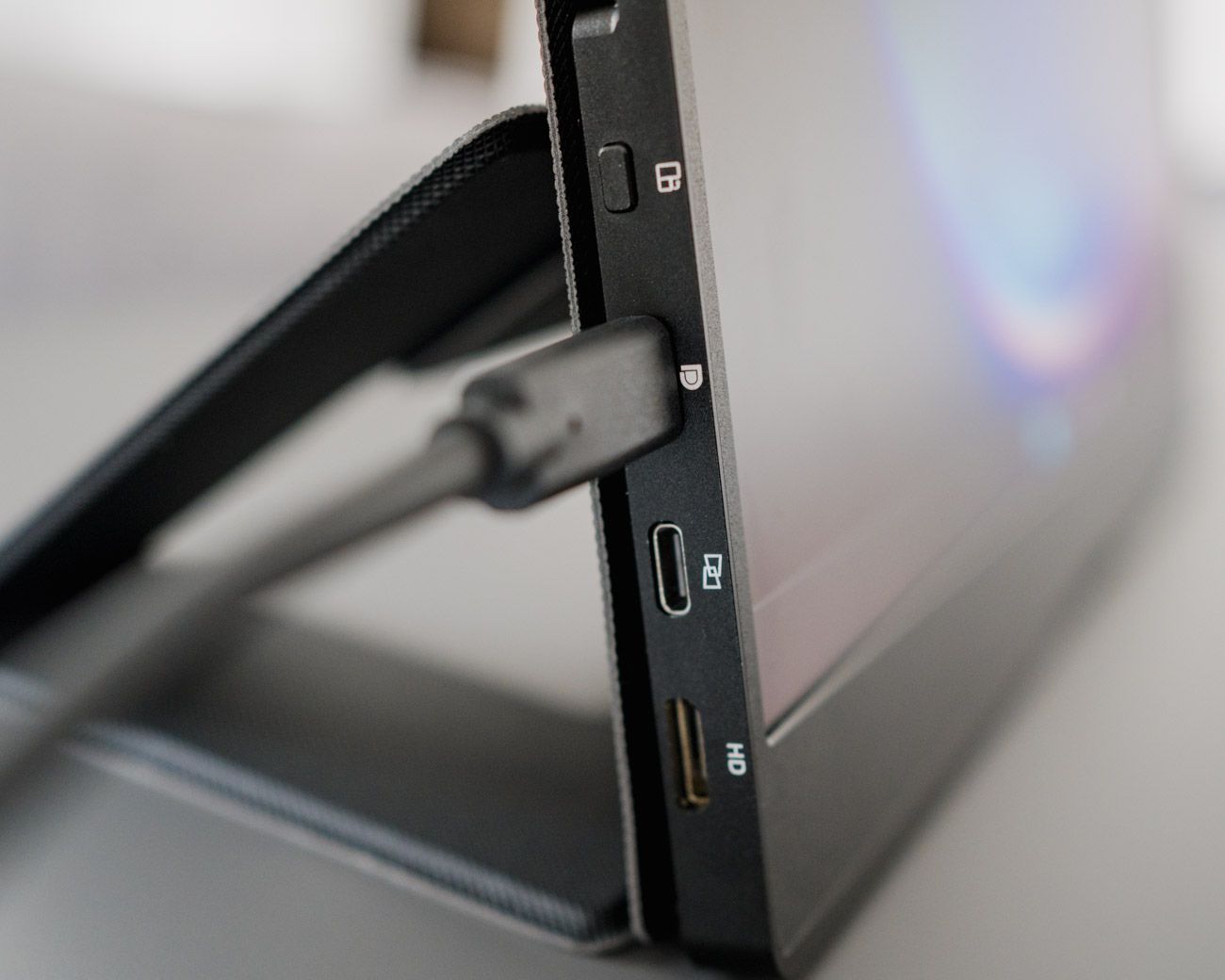
Gaming with the FlipGo monitor
So, let's talk about the gaming capabilities of this thing. As I said previously, the FlipGo is not specifically marketed towards gamers. But that doesn't mean it won't work. I tried using it with all my Windows handhelds (AYANEOs, ROG Ally) and the Linux-based Steam Deck — and while it has some HDR problems on the Steam Deck (JSAUX had to disable HDR to resolve the issues), over on the ROG Ally, it was a breeze.
There are several ways to use this device. You can use both screens separately, let's say, to put a game on top and a guide or something like Discord on the lower screen. Or, and this is what I liked: you use it for DS & 3DS emulation.
Properly emulating DS and 3DS has always been something of a pain. These Nintendo handhelds used two screens, so you always had to choose which screen to focus on.
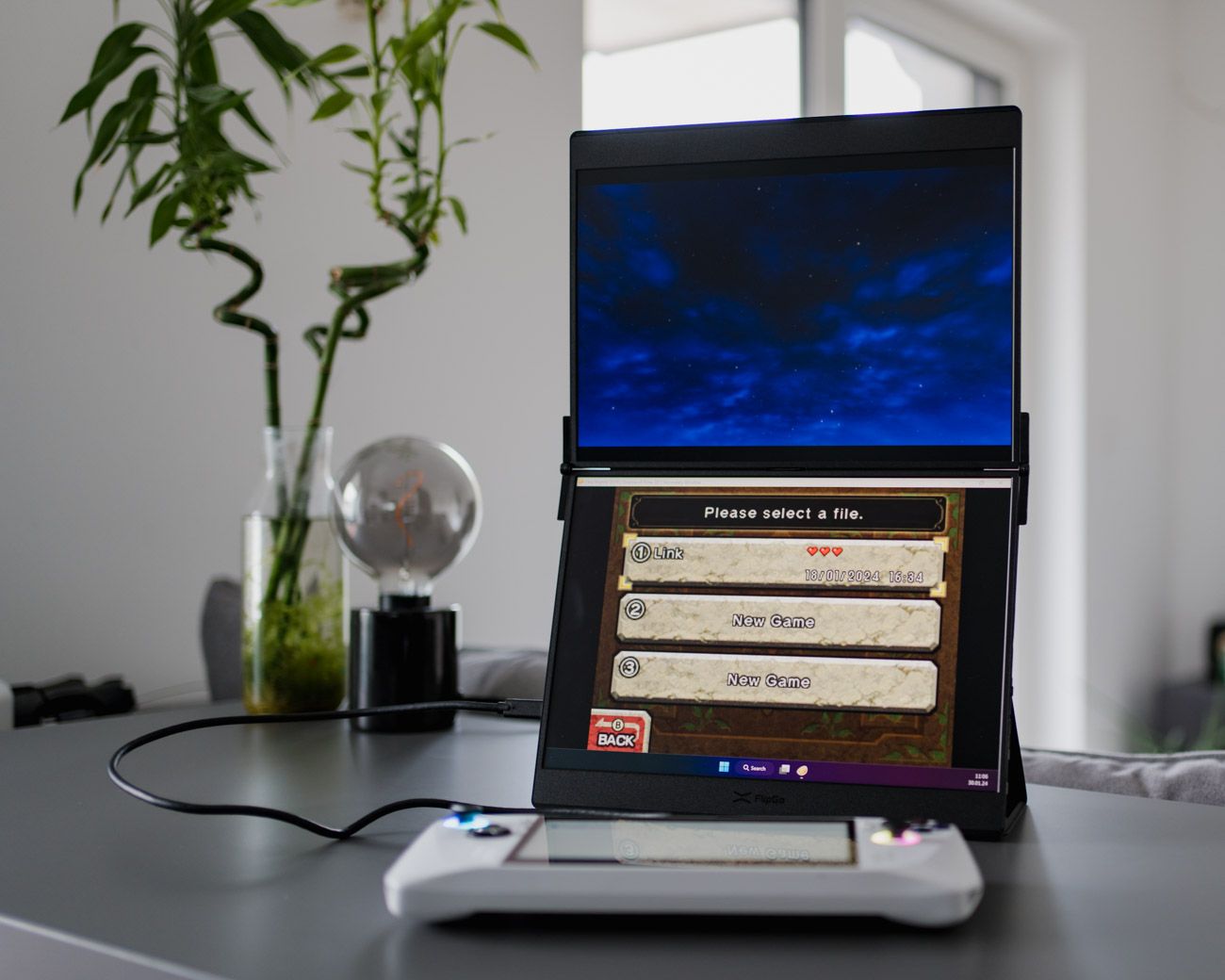
Either you put both screens next to each other, which on a landscape device meant you had two tiny screens, or either you hid one screen completely and switched between the two when needed, which worked in some games where the lower screen on the (3)DS was a gimmick, or you added one of the screens as a small 'picture-in-picture' window in one of the corners.
But with this FlipGo from JSAUX, you can have both dual-screen gaming screens available at once. Unfortunately, this is much easier on Citra for the 3DS than on something like MelonDS or DeSmuME. On the DS emulators, you need to stretch the window over both screens until they fit. It's a pain, but this is a limitation of all the current available emulators (how this wasn't a feature from the get-go is beyond me). On 3DS, all you have to do is to drag the windows to both screens.
Playing 3DS like this is fun. However, it's worth noting that I haven't been testing the touchscreen version of the FlipGo — so I'm left wondering just how that one fares with the touchscreen of the 3DS. (The mouse cursor emulates the touchscreen in Citra, and in general, a touchscreen monitor emulates the mouse cursor by tapping on the screen.)
Productivity (and gaming) on the go
Since JSAUX markets the FlipGo as a portable productivity device, I tried to emulate precisely that. I use a MacBook Pro as my daily work machine, and hooking it to the FlipGo does what you expect: it extends the MacBook's windows either to two additional screens or, if you use the UltraView mode, stretches the windows over one elongated portrait screen (you can also use it in landscape, but as I was lacking the necessary accessories, it wouldn't hold).
Of course, if you stretch the image over the two screens, you'll have the bezels in the middle. But they are very thin (the only thick bezels are on the top and the bottom of the FlipGo), as they only house the sturdy hinge mechanism. In general, the FlipGo is well built, though the material JSAUX went for is very, very prone to fingerprints.
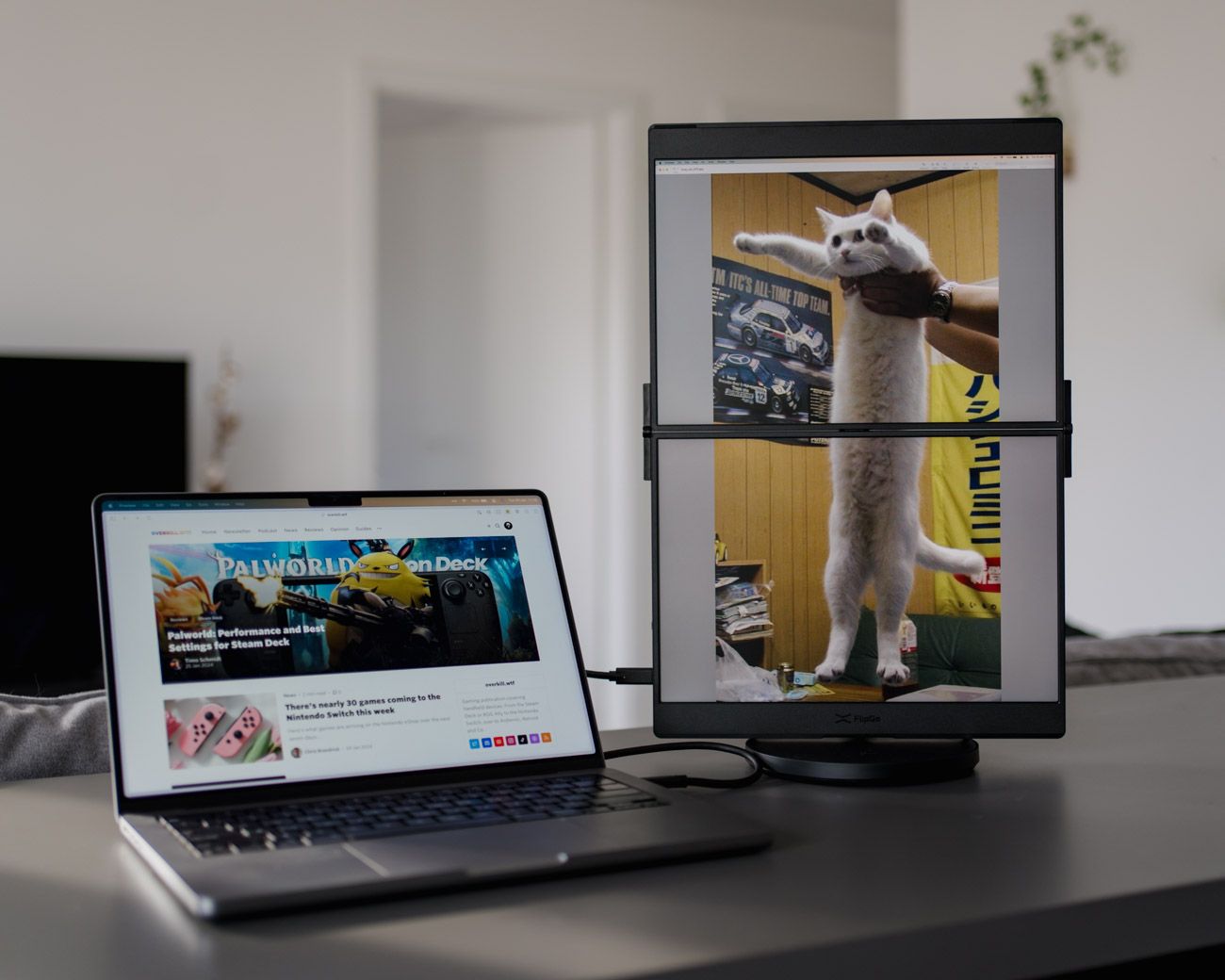
You can access two additional USB-A ports if you use the USB-C cable to connect the FlipGo to your devices. The screen combo also comes with a 65W charger that can charge your laptop, handheld or other, but honestly, that takes away from the portability of this thing since you're tethered to a wall outlet (though I guess a battery pack would work).
A nice, but niche device
The FlipGo does what it says: it extends your device to more screens, whichever device that is (JSAUX says the FlipGo is compatible with Mac — DisplayLink is needed for Apple Silicon processors —, Windows, Linux, Nintendo Switch, iOS and Android). You can either use it as a dual monitor solution or, if you get the Pro-version, to stretch a display out over both screens.
It's lightweight, thin enough to fit in most backpacks (it's about as thick as my 14" MacBook Pro), and since you can operate it with a single cable, practical enough to just bring it with you.
But the FlipGo is a very niche device: if you need more monitors on the go, it is a no-brainer, and you should pick one up – especially for that early bird price. (I suggest you get the 16" if you want to use the monitor at home. Dual 13.5" monitors are a tad small.)
I honestly just don't know if I need a productivity product like this: I spend most of my time in offices with multiple monitors. But as a 3DS emulation screen, this might just about hit the spot for me.
You can back the FlipGo on Kickstarter today.


